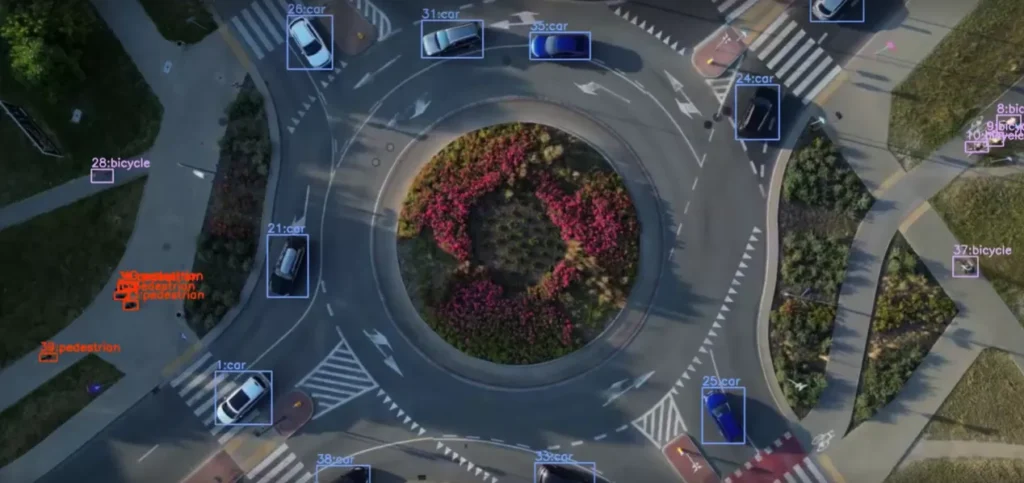

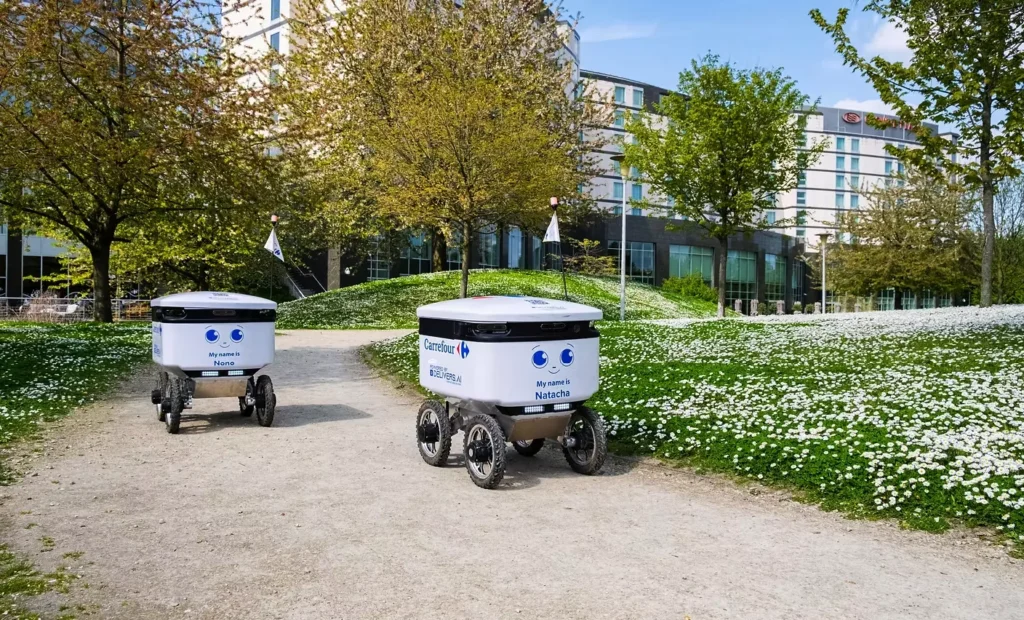
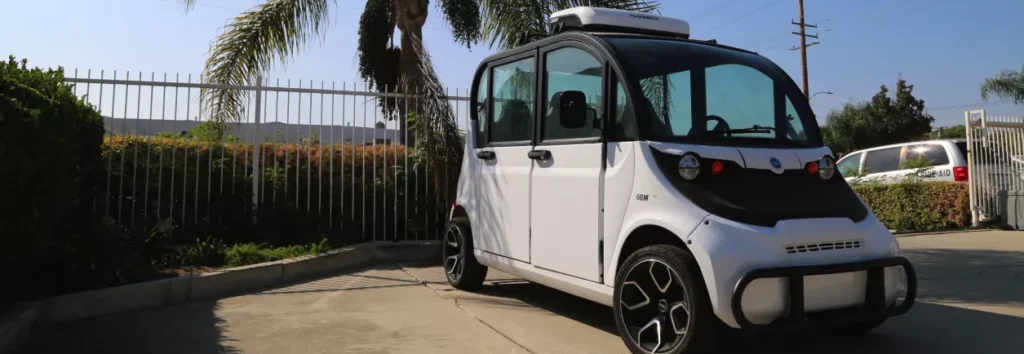
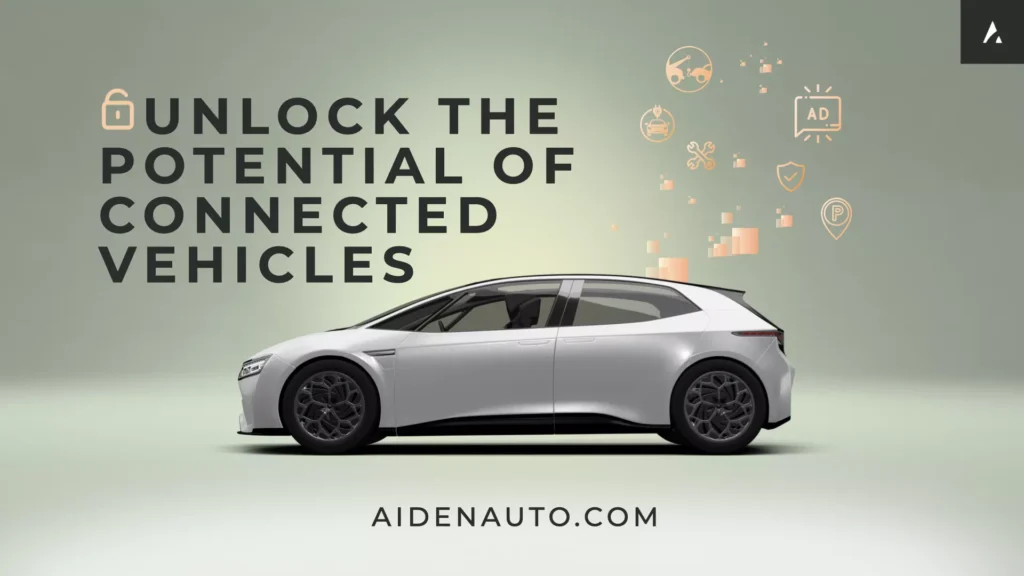





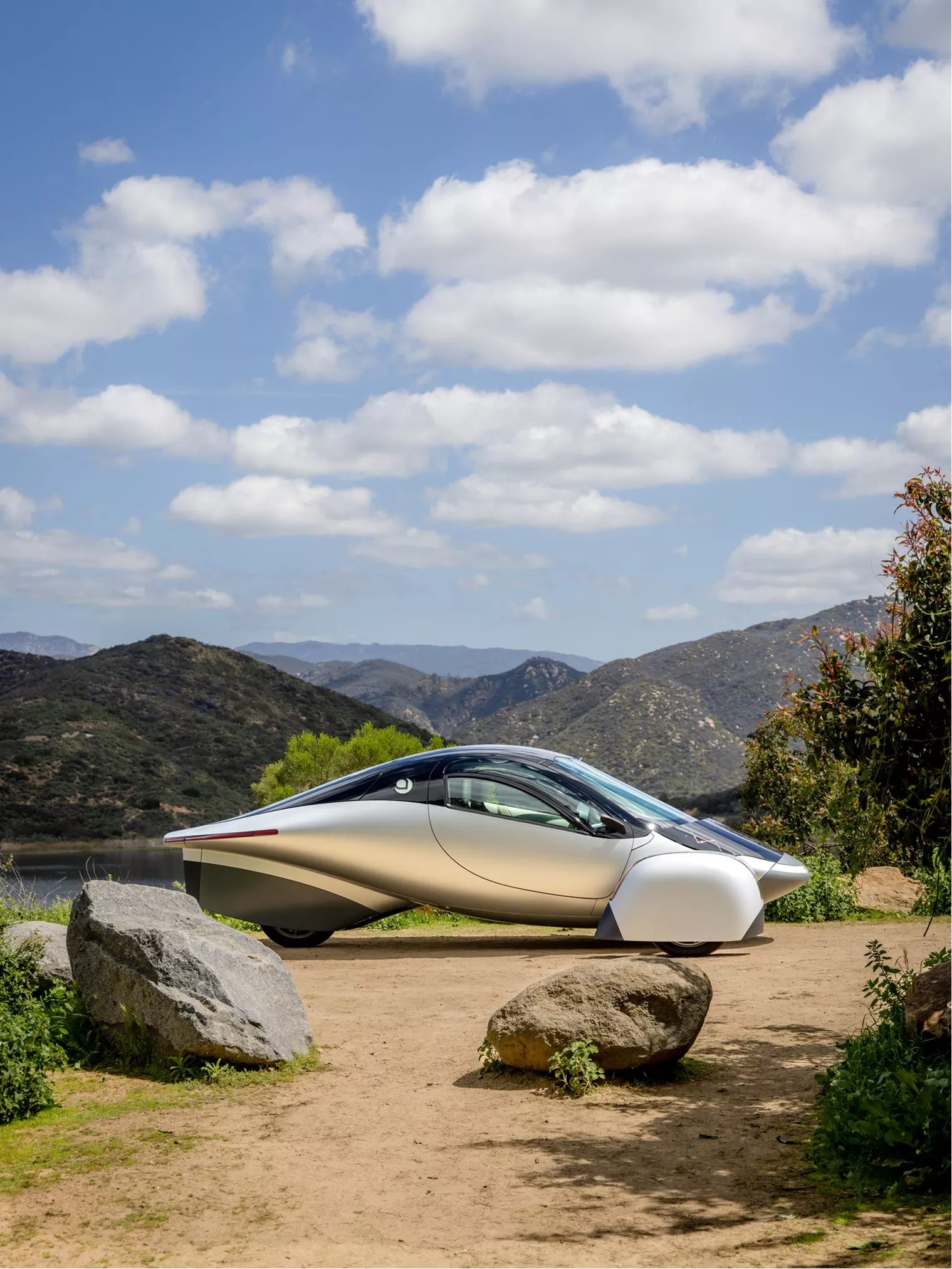
From EVs and batteries to autonomous vehicles and urban transport, we cover what actually matters. Delivered to your inbox weekly.
General Motors has unveiled a new battery platform based on lithium manganese-rich (LMR) chemistry. The cells were co-developed with LG Energy Solution. They are built for use in full-size electric trucks and SUVs.
The new cells deliver up to 33% more energy density than lithium iron phosphate (LFP) batteries. Despite the higher output, the cost remains comparable.
GM will begin commercial production in the United States in 2028. The battery will support future long-range EV models across GM’s truck and SUV lineup.
The new battery uses a lithium manganese-rich (LMR) chemistry. It contains 60 to 70 percent manganese, 30 to 40 percent nickel, and no more than 2 percent cobalt. The reduced cobalt content lowers material cost and supply risk.
The cells are built in a prismatic format. This design improves structural efficiency and allows tighter integration into vehicle platforms. It also enables more flexible pack layouts, especially for trucks and large SUVs.
The higher energy density supports projected driving ranges of over 400 miles, or roughly 650 kilometers. The format is built to meet the power and packaging demands of GM’s largest EVs.

Manganese is less expensive and more abundant than cobalt or nickel. By using it as the primary material, GM expects to lower battery costs without cutting performance.
The goal is to match the price of internal combustion trucks while increasing range and reducing reliance on volatile metals.
Production will take place in the United States through Ultium Cells, GM’s joint venture with LG Energy Solution. This structure qualifies the battery for federal incentives under the Inflation Reduction Act.
GM holds the intellectual property for the new chemistry. All manufacturing and design control remain under U.S. oversight.
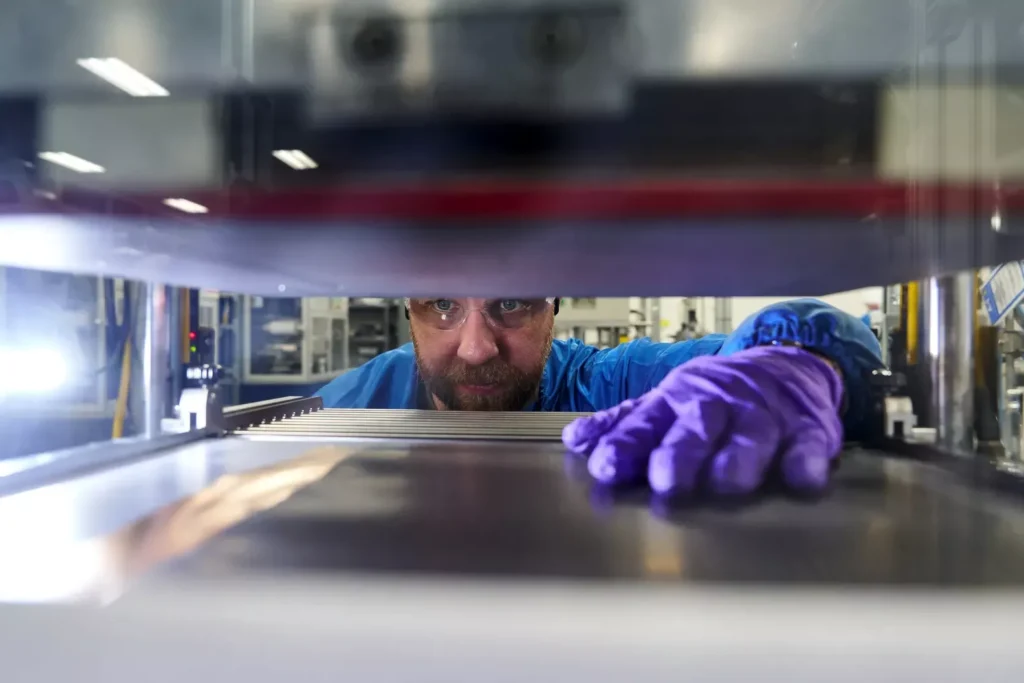
Pre-production of the new LMR cells will begin in South Korea in 2027. U.S. manufacturing will follow in 2028 through Ultium Cells.
The battery will launch in GM’s next generation of electric trucks and SUVs. Targeted models include future versions from Chevrolet, GMC, and Cadillac.
The platform is built for scaled production and retail deployment. It is not a pilot program or limited release.
GM is preparing to manufacture a long-range battery using lower-cost materials under full domestic control. The cell is built for high-volume trucks and SUVs. It meets energy targets above 400 miles. It avoids cobalt dependency. It qualifies for U.S. tax credits.
Production is scheduled. Partners are confirmed. Design is locked. The platform isf fully engineered for delivery.